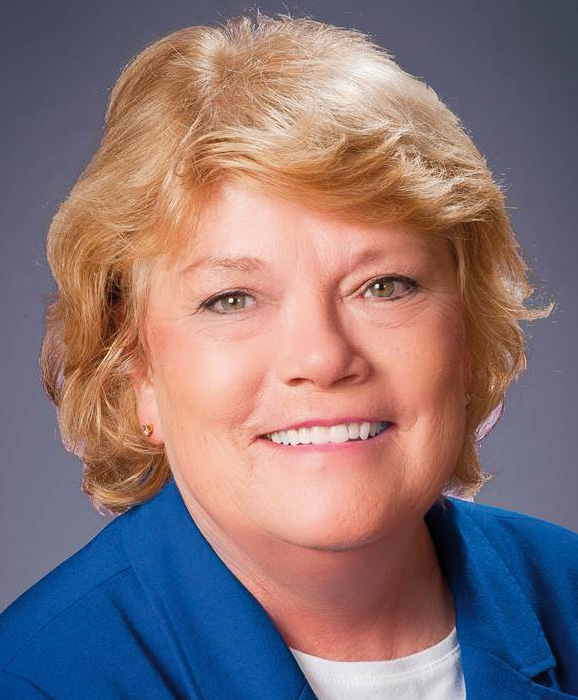
Sponsored Content
Northeast News
Deb Hermann, who served on Kansas City’s City Council from 2003 to 2011, was instrumental in the formation of the Kansas City Museum Advisory Board (KCMAB). However, the first time she visited, she was not impressed.
The late Ruthanne Harper approached Hermann at another event in 2003, pushing her to take a walk through Corinthian Hall on a hot and humid day.
“If there’s one person, Ruthanne Harper, with her tenacity and her willingness to take on anyone, it wouldn’t have happened,” Hermann said. “You didn’t tell Ruthanne no, and I saw every inch of that museum that day. It was pathetic, it smelled like mold and backed up sewage.”
She was “held captive” by Harper, walking the grounds with her and Jackson County Legislator Scott Burnett.
“My first unprofessional opinion was we had about 10 seconds to save that building,” Hermann said. “Water coming in the windows, water coming through the roof. It was very clear to me that very little maintenance had been done.”
What she heard from the neighborhood was that Union Station, who at the time was managing the museum, didn’t care and wanted to close the building. The residents spoke of unfulfilled deals, struggling to be represented, and the lack of a promised advisory committee.
“At the time, the museum was not politically popular, nobody would say they disliked it, but Union Station – as far as council people went – certainly came out way ahead of the museum,” Hermann said.
Hermann introduced a resolution at council in January 2005, recognizing the KCMAB, which passed with no issues – except that an advisory board has no power. They couldn’t spend money, and were met with hostility from the Union Station board – many of whom weren’t even from Kansas City, Mo.
“I’m not saying they were against the museum, but there was no energy to do anything. Of course, Union Station at that time was gasping for air, and really about ready to go down itself,” Hermann said, adding that there was at the time a “revolving door” of managers at Union Station, some more agreeable than others.
At the time, the museum was part of the City Council’s First District, and with Harper as the district’s (PIAC) representative, saving the museum was a priority.
“The First District is what put the money in, and people in the Northeast and people in the Northland gave up street resurfacing, other projects, and I got quite a bit of heat from some people, even from Scarritt Renaissance,’” Hermann said.
KCMAB determined that they first needed to get the building sealed up, clean the exterior and fix the roof and windows. That would buy them some time. Even with a little funding, it wasn’t easy going. Neighbors noticed that the wrong windows were put in – making it look like a prison – and then they objected that it had been painted the wrong color.
Then, Union Station’s management applied for a trademark for the name “Kansas City Museum” with the intention of having locations all over the city. What was infuriating at the time, Hermann now looks back on as them turning a corner.
When Mike Haverty became chair of the Union Station board, he began listening to their concerns – like misuse of the Museum Mill Levy funds.
“In my opinion it was theft… One reason the museum was in such miserable shape is because the Mill Levy was not used to maintain that building,” Hermann said.
On August 17, 2006, Hermann introduced the resolution for the City to apply for the trademark in what she describes as a “very contentions committee meeting.” It passed through Council with only Mayor Kay Barnes voting “no.”
Eventually, Kansas City Museum House Manager Christopher Leach joined their cause.
“When he started to see the passion exhibited by the neighborhood and specifically Ruthanne and Gary Marsh and you, then there was a big shift in paradigms,” Bushnell said.
But one morning, neighbors saw original woodwork being put in a construction dumpster out back. The City Manager at the time had taken his mother there, and thought there should be a modern elevator. The removal of the original elevator, which was the first in a residence west of the Mississippi River, had people hysterical.
Hermann is excited to see how the classroom spaces can be used, especially for Missouri’s children, and how the carriage house can be used.
“I remember making this speech on the council floor: ‘They say historic houses hold up neighborhoods. Not in this case. The neighborhood held up this house,’” Hermann said. “Now maybe we can go through a period of time where it turns around a little bit, but if it weren’t for some of the neighbors, and led by Ruthanne at that time, I think it would be gone.”


















